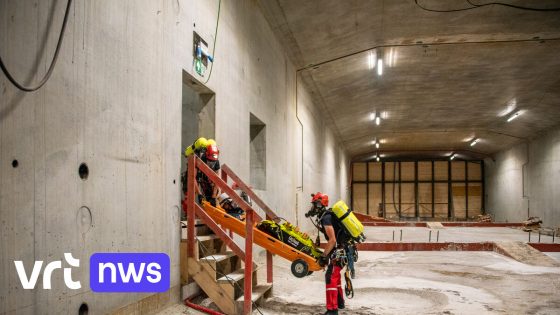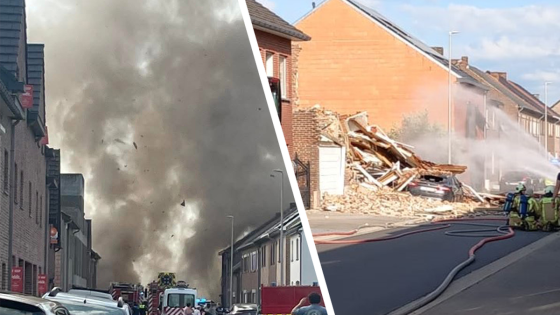The Antwerp Fire Brigade recently conducted exercises inside the massive empty tunnel sections floating in the Doeldok. These unique tunnel training sessions allowed firefighters to practice realistic emergency scenarios in a controlled environment, enhancing their preparedness for future incidents.
- Brandweer Zone Antwerpen houdt oefeningen in tunnels
- Oefent realistische noodscenario's in tunnelkokers
- Tunnelkokers drijven momenteel in Doeldok
- Tunneldelen worden later afgezonken
- Vormt nieuwe Scheldetunnel Oosterweelverbinding
On 2025-08-12 12:33:00, the fire brigade highlighted that these tunnel parts will later be submerged to form the new Scheldt Tunnel, a key element of the Oosterweel connection. This hands-on approach provides invaluable experience with the infrastructure before it becomes operational.
How crucial is such training for emergency response in Belgium’s expanding tunnel network? And what does this mean for local safety standards? Let’s explore the significance of these exercises and their impact on Antwerp’s infrastructure.
These exercises raise important questions about emergency readiness in Belgium’s growing tunnel infrastructure. Practicing in real tunnel conditions helps identify potential risks and improve response tactics. Key takeaways include:
- Realistic training enhances firefighter skills and confidence.
- The submerged tunnel sections will become vital transport links under the Scheldt River.
- Early preparation supports faster, safer incident management in the Oosterweel project.
As the Scheldt Tunnel nears completion, ongoing drills like these ensure Antwerp’s emergency teams are ready for any situation. Will other Belgian regions adopt similar training? Staying informed and prepared remains essential for all local communities.

































